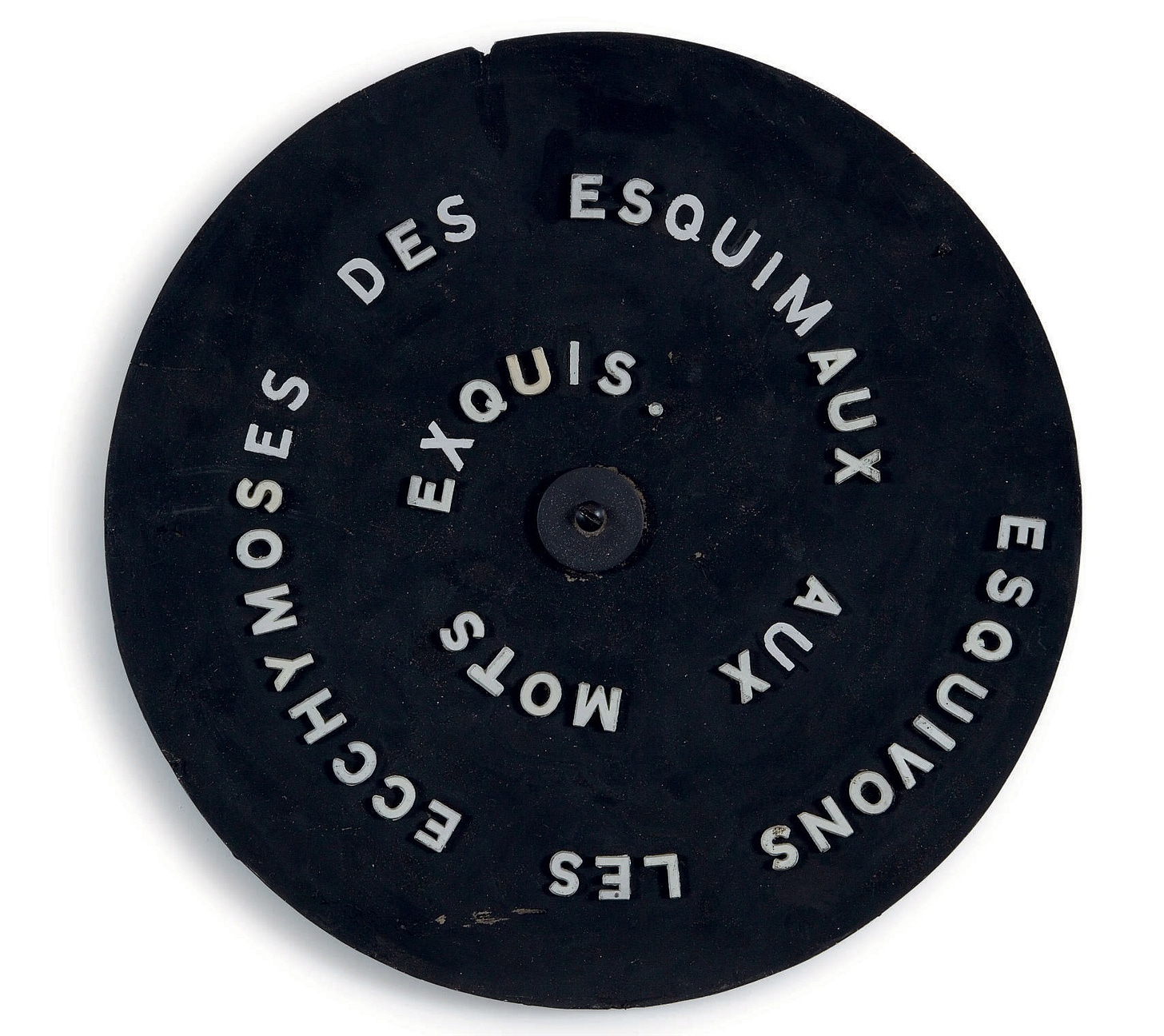Returnings I: Now where was I?
A major health challenge leaves your humble author high and dry, but ultimately breathing better.
As I first broached in my SubStack entry ‘Cataclysm’, toward the end of 2023 I was diagnosed with the familial (genetic) form of Idiopathic Pulmonary Fibrosis, a chronic destructive process in the lungs, with a uniformly ‘grim’ prognosis and an average life expectancy of 3-4 years post diagnosis. Although genetic testing was not completely conclusive (I did however, have a genetic mutation in a gene only observed in 2 out of 800,000 people tested), the big genetic link was that this relatively rare disease was also the cause of my father’s death. And in genetics, family history is still the big kahuna.
At diagnosis, I began a regimen of naturopathic therapies and a prescription drug (Ofev) to attempt to slow down the progression. Unfortunately, by that time, the disease had already progressed quite a bit, and IPF, unlike other diseases of the lungs, such as COPD and cystic fibrosis, does not tend to progress in a nice, soft slope of decreasing lung function, but rather deteriorates in a series of abrupt staircase-like drops. Eventually, these reach an end-stage point where the lungs are so scarred that one cannot live, despite even heroically high levels of supportive oxygen therapy.
Around Christmas of 2024, I began to feel decidedly unwell and was worked up by my local pulmonologist. Eventually, this led to a CT scan with contrast that showed ‘ground glass opacities.’ These indicate increased lung density without obscuring underlying blood vessels or airways. They appear like frosted glass and result from partial airspace filling, interstitial thickening, or inflammation. They were a very common finding in the early stages of the pandemic.
Upon the advice of my Yale pulmonologist, I’ve been followed by the lung transplant team at Boston’s Brigham and Women’s Hospital. In fact, I was recently added to the transplant list, but prior to this latest crisis, my rank was low and I would have been unlikely to be given a lung anytime soon. However, when we advised the head of the transplant team about the latest findings, he had us drive up immediately to admit me and put me on high-flow oxygen. Being in the hospital and on high flow massively inflates your transplant number, and plans were put into motion to go ahead and secure a donor lung for surgery within the next few days.
Unfortunately, a very thorough panel of possible infectious agents disclosed that I had tested positive for Rhinovirus, a rather innocuous virus that causes the common cold. However, the surgery could not go forward until the body had cleared the virus, typically 7 days. For those days, I had to remain in the hospital in isolation. Martha had had the foresight to secure a medical rental apartment for our use, and she and the kids, Claudia and Emily, were able to be right by my side throughout.
Earlier, while undergoing transplant evaluation, the required cardiac catheterization testing had disclosed a slight blockage in one of the less important heart vessels. The cardiologist doing the testing reassured me that this would have no bearing on my transplant status. However, I was visited by the surgeon who would be doing the transplant later that day, and he voiced his concerns and suggested that the vessel might benefit from a stent. I agreed to discuss this with my local cardiologist (who in fact diagnosed my IPF). But after viewing the films, he did not think it was that significant to warrant the stent. However, the surgeon’s fears won out, and he duly complied, and I now had a stent, a prescription for six months of a blood thinner (Plavix), and a daily baby aspirin. I had no appreciation of just how much this detour would come to complicate my life in the near future.
Next:
Returnings II: Prelude to the Main Act
1. The slug underneath this entry’s title is a rather bland translation of a French phrase (‘Rose Sélavy et moi nous esquivons les ecchymoses des Esquimaux aux mots exquis.’) the name of a series of records made by the my favorite artist, Marcel Duchamp. The records are not typical audio recordings, but rather optical illusions that only take place when …
Returnings II: Let us dodge the bruises of the Eskimos with exquisite words.







You had me on the edge of my seat--not a comfortable place to perch but hopeful. It means a lot to everyone that you are sharing these details and increasing our knowledge base while we root for you.
I was watching for this update religiously and praying for you everyday. I am still here because of your work and research and once upon a time students. It certainly is a great day to see you writing again.